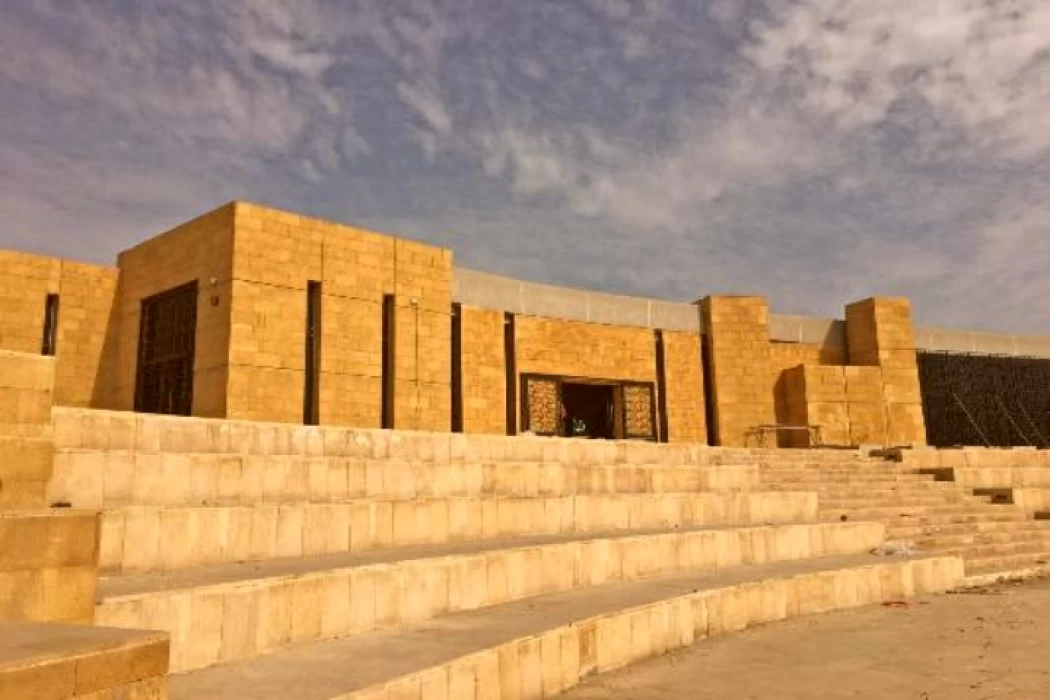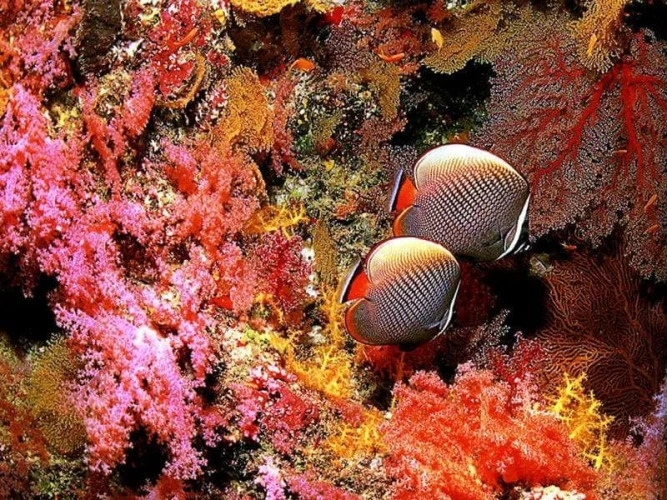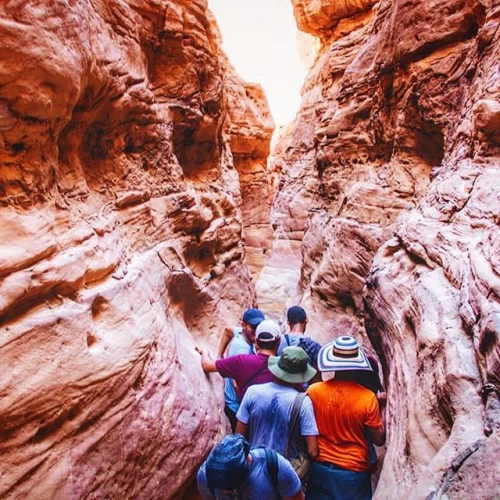
Tell Basta Museum in Al-Sharqiyah
Details about Tell Basta Museum in Al-Sharqiyah
An ancient site called Tell Basta is located outside of Zagazig in the Sharqia Governorate. It was one of the ancient Egyptian capitals and a significant place of worship. In the Old Kingdom, it served as the capital of the 18th province. During the 22nd Dynasty, it was the capital of every province. In the past, it was referred to as "Per-Bastet" in honour of "Bastet," the god of comfort, joy, and happiness. Later, "Tell Basta" was used instead.
Tell Basta contains antiquities from the Greek and Roman eras, and was a passage and temporary residence for the Virgin Mary and her son Jesus Christ when they came to Egypt. Due to its location at the eastern entrance to Egypt, it faced waves of people coming from the East through Sinai, and was a contemporary of many conquerors and invaders. It was honored to be a passage and temporary residence for the Virgin Mary and her son Jesus Christ (peace be upon them) when they came to Egypt.
Location
The city of Tell Basta is located in the eastern Delta on the eastern branch of the Nile, at the point where the basin of this branch meets the basin of the Tanis branch, about twenty kilometers west of the entrance to Ouadi Toumilat. This location - in the vicinity of which the city of Zagazig, the contemporary metropolitan center of the province, developed - still bears its ancient title: Tell Basta.
Origin of the name
The ancient city of Tell Basta was first known as Bast (hence the name goddess Bastet (that is in reference to the city of Bast); later on it was called ‘Beit Bastet’ which is why it became Boubastis in Greek and Bubasis in Latin. The remains of this place, as well as the cult of the goddess lioness, belong to the First Dynasty of Egypt.
After her inclusion in the Heliopolitan pantheon, the goddess Bastet was considered a local substitute for the goddess Sekhmet, the female embodiment of dangerous but protective power of the sun. She was also revered as the patroness of the pharaoh in the royal temples of the Old Kingdom, and the cult of this "mistress of life for the earthly" was always established in northern Memphis (e.g. the Bubastieion and an underground cat cemetery at Saqqara).
The importance of Tell Basta during the Sixth Dynasty in its current location is attested by the remains and monuments left behind by King Teti and King Pepy I and by a private cemetery. Its temple was decorated with the names and images of a series of pharaohs from Amenemhat I to Nectanebo II. During the Ramesside period, Tell Basta became famous and its doctors and its "House of Life" became well known. Perhaps its strategic location was the reason for the confused concentration of the Libyans - Mechoueech - there during the Tanisian period.
King Shoshenq I and many of his family members were called "son of Bastet", and a study of common personal and family names of the period reflects the goddess's growing popularity. Animal worshippers believed that all cats were images of Bastet (a number of magnificent bronze Sawi statues of her have been found in the animal cemetery at Tell Basta). Bastet became universally revered as the "spirit of Isis".

















